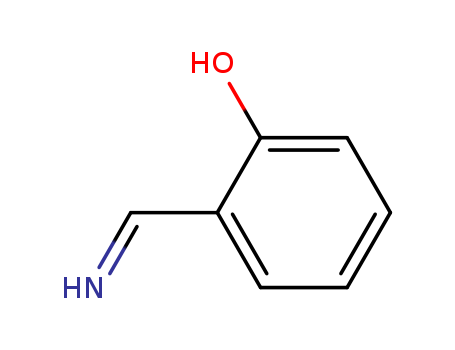10.1016/j.jorganchem.2008.02.017
The study focuses on the synthesis and application of imidazolium salicylaldimine frameworks as tridentate N-heterocyclic carbene (NHC) ligands for the preparation of Pd(II) complexes. These ligands were designed to control the stability of active species and improve catalytic activity in various chemical transformations. The researchers synthesized sterically hindered salicylaldimine functionalized imidazolium salts and characterized them using spectroscopic techniques. They then reacted these salts with Pd(OAc)2 to form Pd(II) complexes, which were further characterized and tested for their efficiency in the Suzuki–Miyaura reaction, a method for C–C bond formation. The study found that these complexes were effective catalysts, particularly when activated arylbromides were used as substrates. The chemicals used in the study included salicylaldimine, imidazolium salts, arylmethyl-N chain components (such as phenyl, 2,4,6-trimethylphenyl, and 2,3,4,5,6-pentamethylphenyl), Pd(OAc)2, and phenylboronic acid, among others. These chemicals served the purpose of creating new tridentate Pd(II) complexes and evaluating their catalytic performance in the Suzuki–Miyaura reaction.





